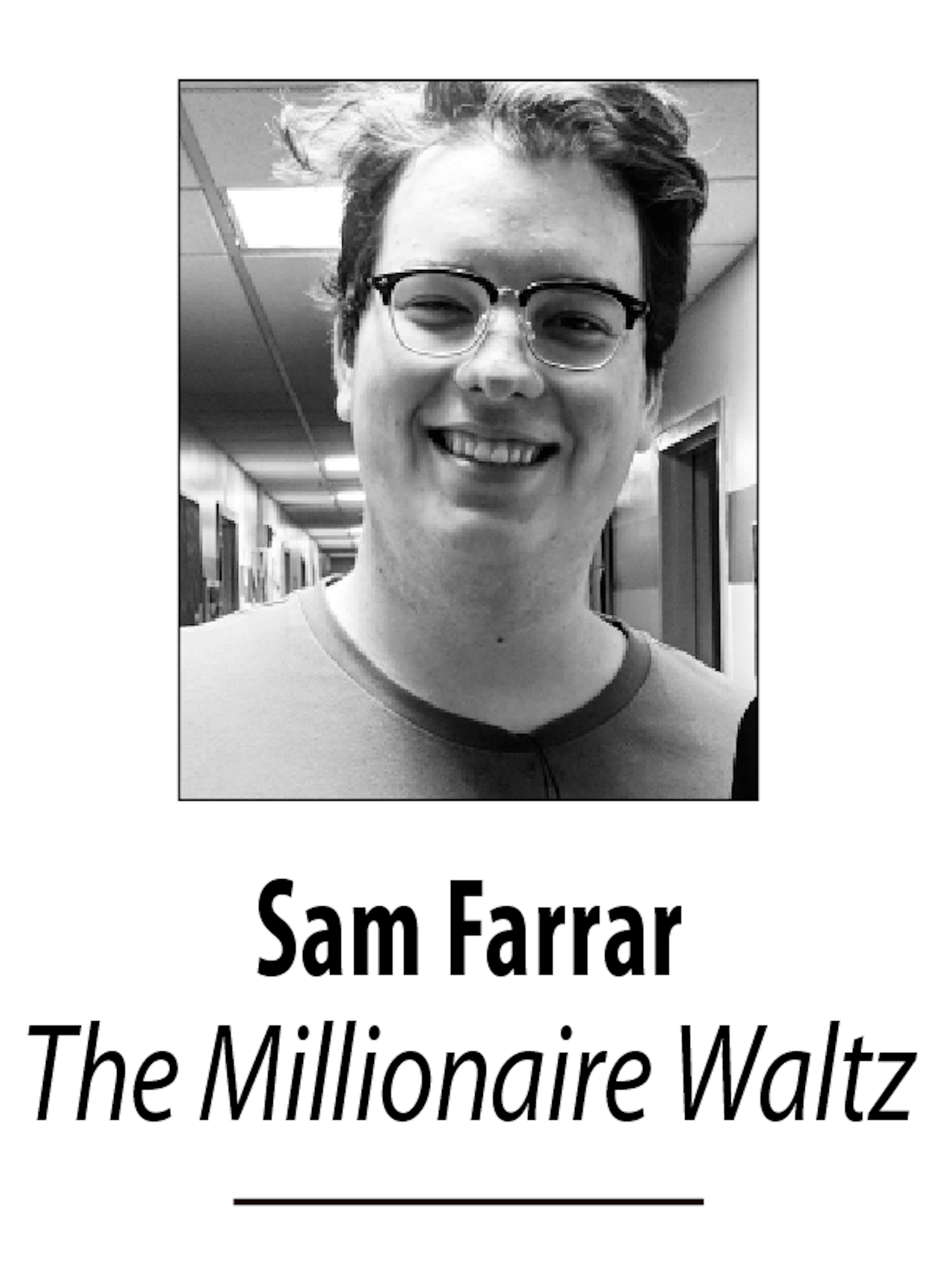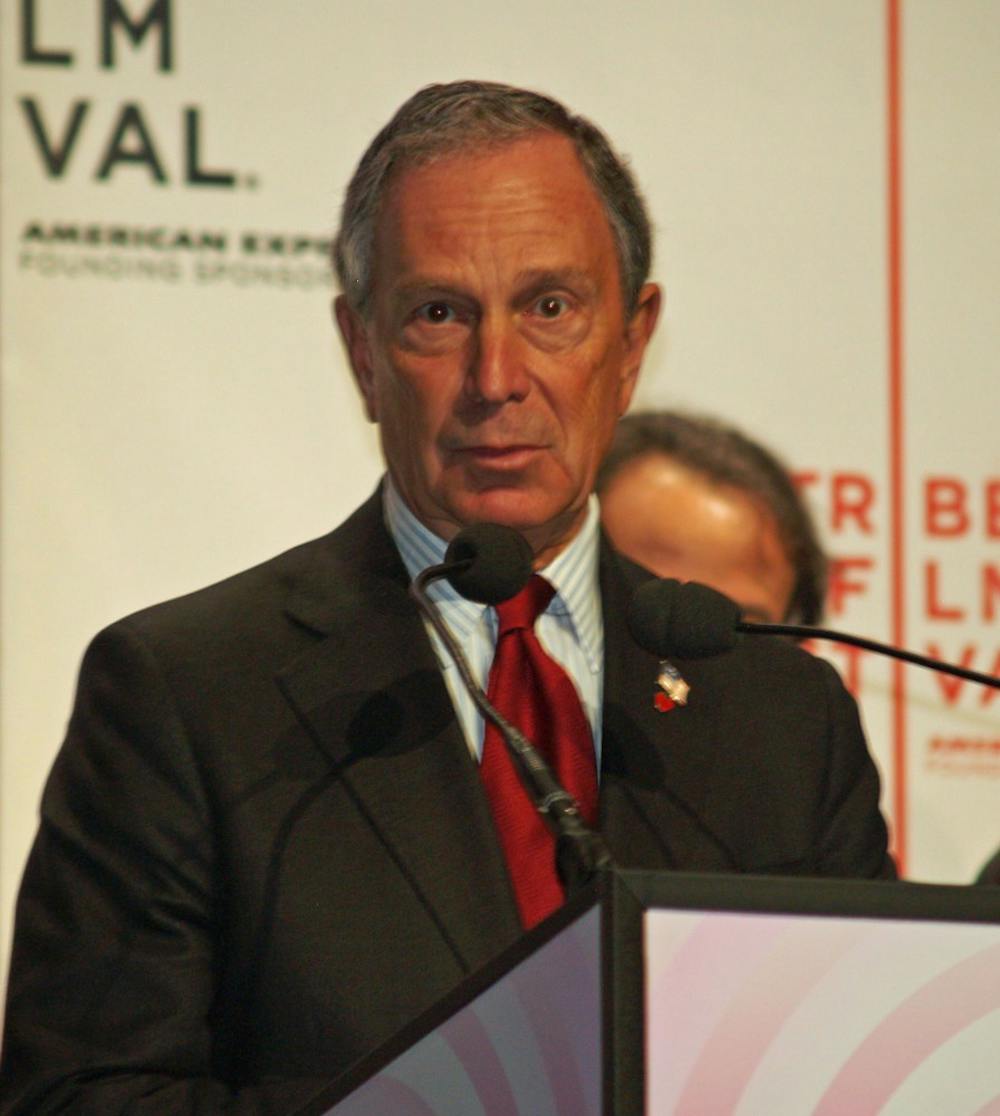
I have to admit, this Thanksgiving was probably my favorite of all time. I talked to some family I hadn’t seen in years, had two Thanksgiving feasts, reconnected with former classmates at a Friendsgiving, and it was all topped off with a nice little $1.8 billion cherry from Michael Bloomberg.
In all seriousness, Bloomberg’s donation to Hopkins, dedicated solely to financial aid, will have life-altering effects on many current and future students. The University will officially become loan-free in the spring semester, joining just 18 other universities in the U.S.
The donation will also fund research, study abroad and unpaid internships for first-generation, middle and low-income students. These are some of the most important and formative opportunities at college, yet also usually the least accessible for low-income students.
However, I think the most underrated part of this story is the University’s goal to have 20 percent of the student body be Pell Grant, a form of federal financial aid, eligible by 2023, almost doubling the group’s current representation. This eligibility starts at a family income of less than $50,000, moderately less than the median household income of $61,000. While saying the University wants to have 20 percent of its students come from a population that represents roughly 40-50 percent of the U.S. can make this goal seem relatively insufficient, it is still undoubtedly a big move in the right direction.
I can give nothing but my respect and thanks to Michael Bloomberg and everyone else who made this donation happen. But such a large demographic change cannot end at admissions. When I first came to Hopkins, it felt as if I had entered a new world.
I remember the very first night of Orientation Week, when I noticed another student with a large, fluffy coat that I really liked. When I got home, I looked at my North Carolina wardrobe and decided I needed a coat like that to survive what I imagined to be the arctic winters of Maryland.
When I found the brand online, Canada Goose, I was more shocked than disappointed in the almost entirely $1000+ stock. I thought that was the kind of thing only celebrities or professional athletes would buy, instantly assumed that student and I were from different worlds, and made no effort to befriend them over the rest of orientation.
As my first semester progressed, this kind of reaction became more and more common. I’d get the chance to talk with someone, see the Yeezys on their feet, look at the old, discounted (and probably illegally imported) Birkenstocks on mine and walk the other way. I wasn’t hanging my head in shame but instead taking one quick look at a person and determining we were from different worlds, with different interests and experiences, and that we would never be able to truly connect.
By the end of my freshman year, I realized that these social barriers were entirely self-created, but that doesn’t mean they were any less real. Throughout Orientation, we sat through talk after talk about being inclusive and respectful of the cultural, racial, sexual, gender and religious diversity on campus. But socioeconomic diversity was not included on that list. This told my mid-culture shocked freshman brain that this was just a gap not worth bridging or one incapable of bridging.
Of course, every student at Hopkins deals with an inferiority complex at some point, on some level. However, it becomes all the more dangerous when it’s reinforced by something outside the academic realm. Hopkins attempts to alleviate this through things like the Office of Multicultural Affairs, LGBTQ Life, the Center for Diversity and Inclusion and the various cultural student groups, which each provide various opportunities and a community.
But when it comes to low-income or first-generation students, such resources are relatively limited. There is a new student network, the First-Generation, Limited-Income Network (FLI), of which I am a board member, for such students, but the group is still in its infancy. Thus, its reach is limited. HOP-In is a fantastic and free summer program for FLI students, but it currently only accepts 40 incoming freshmen a year — a far cry from 20 percent of campus.
I am in no way criticizing the University’s attempts to raise the low and middle-income population at Hopkins. Diversity, in all aspects of life, is an integral part of a well-rounded college experience. However, the University must also think about how it will support the success of these students once they arrive to campus.

















